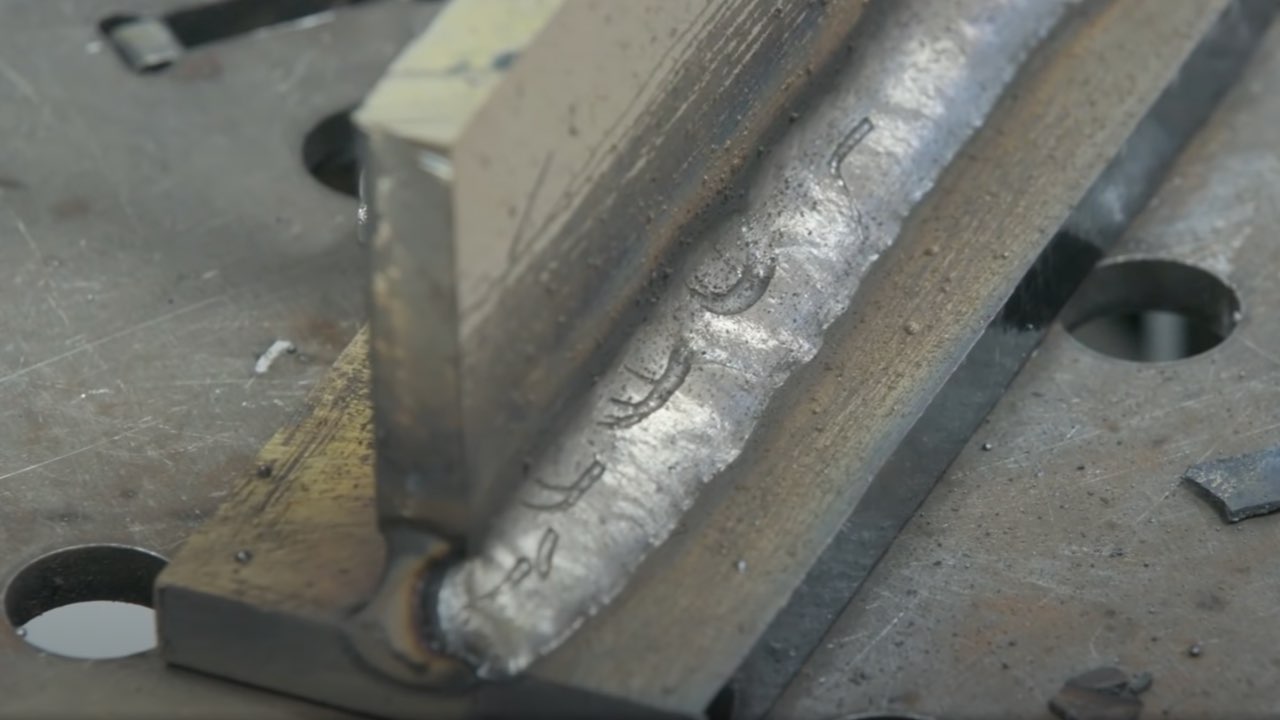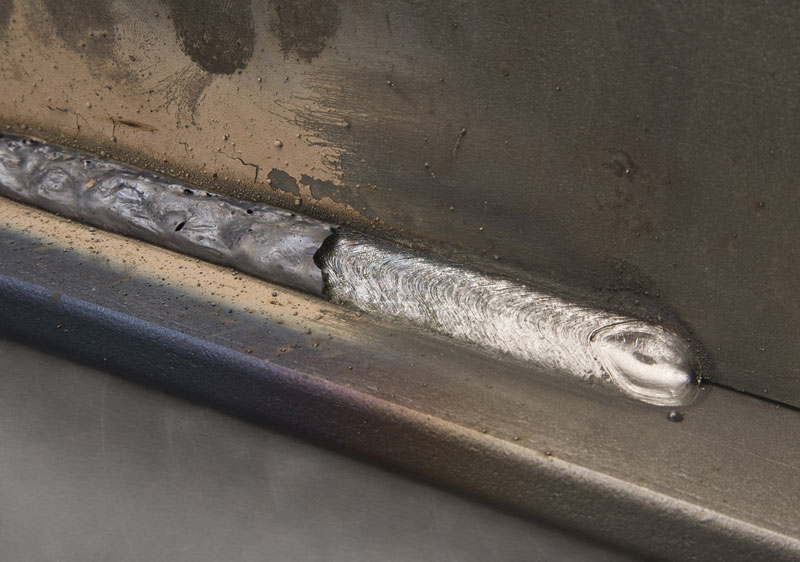What is Porosity in Welding: Comprehending Its Reasons and Enhancing Your Abilities
What is Porosity in Welding: Comprehending Its Reasons and Enhancing Your Abilities
Blog Article
Porosity in Welding: Identifying Common Issues and Implementing Best Practices for Prevention
Porosity in welding is a pervasive problem that usually goes unnoticed till it creates significant problems with the integrity of welds. In this discussion, we will discover the vital factors adding to porosity formation, examine its harmful impacts on weld performance, and talk about the ideal techniques that can be taken on to lessen porosity incident in welding processes.
Common Sources Of Porosity

An additional frequent perpetrator behind porosity is the visibility of contaminants on the surface area of the base steel, such as oil, grease, or rust. When these impurities are not effectively eliminated prior to welding, they can evaporate and become caught in the weld, creating defects. Using dirty or wet filler materials can introduce pollutants into the weld, contributing to porosity problems. To minimize these usual sources of porosity, comprehensive cleansing of base metals, appropriate protecting gas option, and adherence to optimum welding criteria are essential practices in achieving top quality, porosity-free welds.
Impact of Porosity on Weld Quality

The existence of porosity in welding can significantly jeopardize the architectural stability and mechanical properties of welded joints. Porosity develops voids within the weld steel, deteriorating its overall stamina and load-bearing ability.
Welds with high porosity degrees often tend to show reduced effect stamina and minimized capability to warp plastically before fracturing. Porosity can hinder the weld's ability to efficiently transmit pressures, leading to premature weld failure and potential safety hazards in critical frameworks.
Ideal Practices for Porosity Avoidance
To improve the structural integrity and top quality of welded joints, what specific measures can be applied to lessen the incident of porosity during the welding procedure? Porosity avoidance in welding is important to guarantee the honesty and toughness of the final weld. One reliable method is proper cleansing of the base steel, removing any kind of pollutants such as rust, oil, paint, or dampness that could bring about gas entrapment. Making certain that the welding devices remains in good problem, with clean consumables and ideal gas flow prices, can likewise significantly minimize porosity. Additionally, keeping a steady arc and controlling the welding criteria, such as voltage, current, and travel rate, assists develop a consistent weld swimming pool that lessens the danger of gas entrapment. Using the proper welding technique for the details material being welded, such as readjusting the welding angle and gun setting, can even more protect against porosity. Regular assessment of welds and immediate remediation of any type of concerns identified throughout the welding procedure are important methods to stop porosity and generate top quality welds.
Importance of Proper Welding Techniques
Implementing proper welding strategies is extremely important in ensuring the architectural honesty and high quality of welded joints, building upon the foundation of reliable porosity avoidance procedures. Welding methods straight impact the overall toughness and longevity of the bonded structure. One key facet of appropriate welding methods is maintaining the proper warmth input. Extreme heat can lead to raised porosity because of the entrapment of gases in the weld pool. Alternatively, inadequate heat might lead to insufficient combination, creating possible powerlessness in the joint. Additionally, making use of the suitable welding parameters, such as voltage, present, and travel rate, my explanation is essential for attaining sound welds with marginal porosity.
Moreover, the selection of welding process, whether it be MIG, TIG, or stick welding, must straighten with the specific demands of the job to make certain optimal results. Appropriate cleansing and prep work of the base steel, as well as choosing the ideal filler product, are additionally important parts of competent welding methods. By sticking to these finest techniques, welders can reduce the danger of porosity formation and create high-grade, structurally audio welds.

Testing and Quality Control Measures
Testing treatments are necessary to discover and prevent porosity in welding, making certain the stamina and resilience of the last product. Non-destructive screening methods such as ultrasonic testing, radiographic over at this website screening, and visual examination are typically utilized to identify possible problems like porosity.
Post-weld assessments, on the various other hand, examine the final weld for any defects, including porosity, and validate that it fulfills defined requirements. Executing an extensive quality control strategy that consists of complete screening procedures and inspections is paramount to lowering porosity problems and guaranteeing the overall top quality of bonded joints.
Conclusion
Finally, porosity in welding can be an usual problem that impacts the top check out this site quality of welds. By determining the common reasons of porosity and carrying out best techniques for prevention, such as correct welding methods and testing procedures, welders can guarantee premium quality and reputable welds. It is important to focus on prevention approaches to reduce the event of porosity and preserve the honesty of welded frameworks.
Report this page